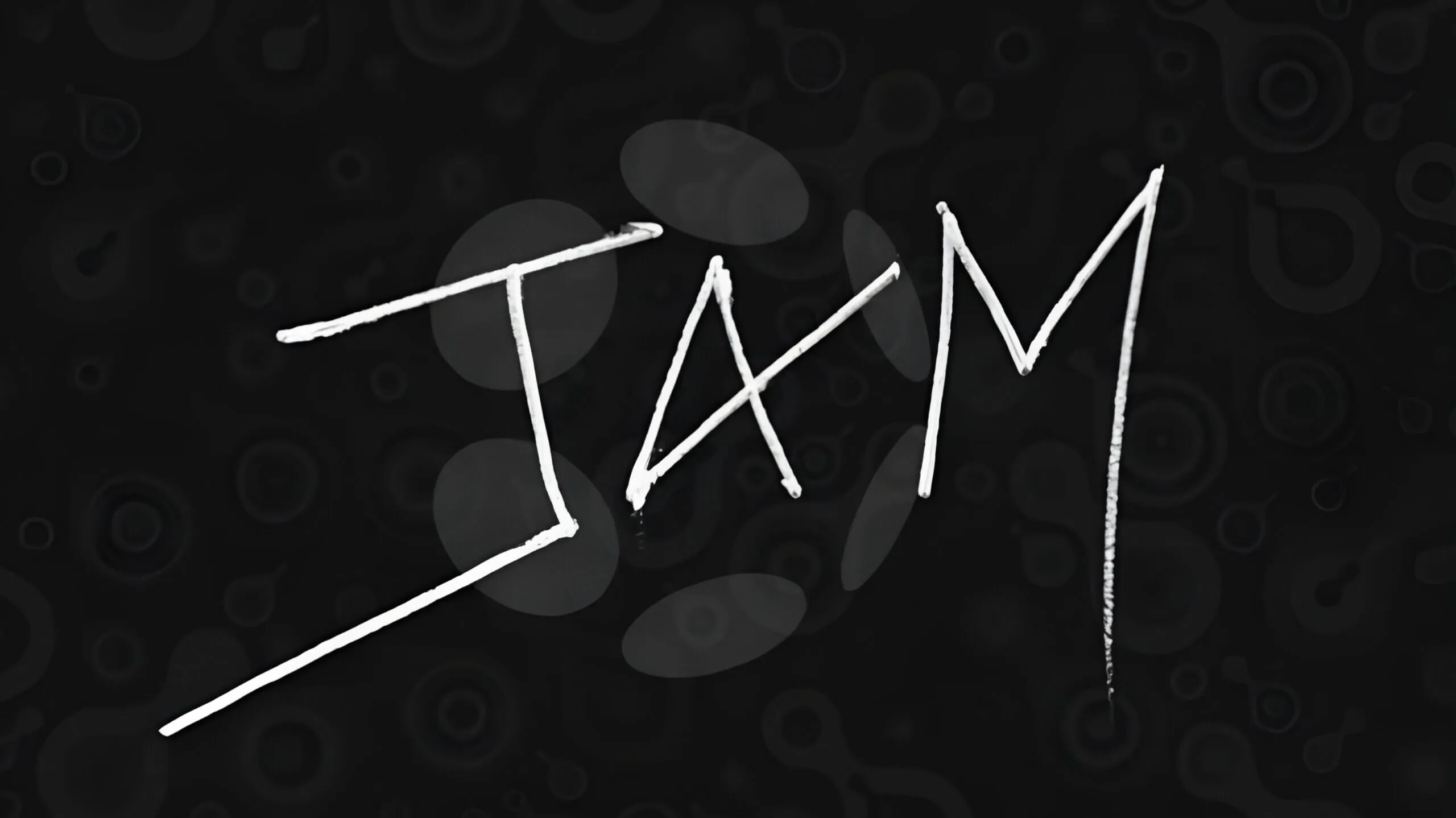PolkadotThe Join-Accumulate Machine (JAM) upgrade, the next stage in the technical evolution of Polkadot, has now been ratified in a collective vote by Polkadot’s community members, passing with a near-unanimous landslide vote among the network’s validators.JAM, which was announced by Polkadot founder Gavin Wood in Dubai back in April at Token2049, will be the most significant upgrade since the network was fully launched.The upgrade will enable developers to build services—which function much like Ethereum’s smart contracts—on top of the Polkadot Relay Chain itself, by leasing the processing power of the Polkadot network on a month-by-month basis. This means developers will have an alternative to going through intensive processing of bidding for one of a limited number of parachain slots.@polkadot community has ratified #JAM as its next major protocol evolution with a near-unanimous governance vote. Work on getting the Graypaper to v1.0 continues. https://t.co/fdo1HyEKG6— Gavin Wood (@gavofyork) May 27, 2024In a recent interview, Wood argued that JAM could help democratize access to the Polkadot ecosystem.Unlike previous Polkadot upgrades, which used an iterative approach, the numerous technical changes which JAM will bring will all be introduced at once.However, though the update is going ahead, it’s unlikely we’ll see the finished version of JAM until at least 19 to 59 months from the time of writing.The Polkadot ecosystem celebrated its fourth birthday on May 26th, though its early days looked much different from today.In May 2020, the first ever block was mined on the Polkadot network, known as the “Genesis Block.”Polkadot’s first block was produced four years ago today, and since then… 820M+ DOT Staked 25M DOT granted by the treasury 790K+ XCM messages sent 904 OpenGov proposals 50 Polkadot ParachainsHAPPY GENESIS DAY! pic.twitter.com/RQ3BWKVEip— Polkadot (@Polkadot) May 26, 2024At the time, governance was restricted to a single super user key controlled by the Web3 Foundation, something that is called a Proof of Authority (PoA) network. This is a type of consensus system where only authorised entities can validate transactions on the blockchain network.Once the Web3 Foundation was confident in the stability of the network, it began electing validators, and then later adding community governance into the hands of the token (DOT) holders.It wasn’t until December 18, 2021, that the entire multi-stage rollout was finalized, with Polkadot’s trademark parachains producing blocks of their own on the network.Gavin Wood took to the stage with Ethereum founder Vitalik Buterin at ETHPrague, Central Europe’s longest-running ETH community event. We’ve got another super exciting fireside chat with @VitalikButerin and @gavofyork lined up! Feeling the FOMO yet?Apply to Hack or Volunteer! ♀️ https://t.co/VyjrgrDQRUGrab your Ticket! ️https://t.co/PfjDn7yJWT pic.twitter.com/S6jHHyY0IU— ETHPrague (@EthPrague) May 26, 2024Wood and Buterin have a long history together. Wood served as the Ethereum Foundation’s first chief technology officer, before leaving in January 2016 to form Parity Technologies. He also played a key role in writing some of Ethereum’s earliest whitepapers.Check back next week for our full run-down of their conversation!Sponsored post by Polkadot CommunityLearn More about partnering with Decrypt.

